Ana Kai Tangata (Cannibal Cave)
The ominously named cave is home to some remarkable ancient art.
On the remote island of Rapa Nui (also known as Easter Island), the shark oil-based paintings of Cannibal Cave are often overlooked. But the mysterious site is worth the short, though treacherous, trek.
The native name for this site is Ana Kai Tangata, which loosely translates into “Cave Eat Man” and can be interpreted in several ways. It has been proposed that the cave’s name could mean “cave where men eat,” “cave that eats men,” or “cave where men are eaten.” Rapa Nui has a rich history of tribal warfare, resource depletion, spiritualism, and famine, so stories of cannibalism are common.
Visiting Cannibal Cave doesn’t have to be a time-consuming stop, but it is an amazing area to spend some time watching the waves roll in and break along the cliffs. As you descend the roughly carved steps down the steps, you’ll start to see ancient painted images of ships and sacred birds. A visit to the cave is made more poignant by the fact that the paintings are fading.
There is also an “evil twin” of Cannibal Cave a few steps to the south that is inaccessible. The outcropping of volcanic rock that separates the two caves is an excellent vantage point for some breathtaking wave-watching. The ocean swells roll in and crash into the massive alcoves with impressive force and send cascades of frothy water along the walls and back into the crystal blue basin.
Seeing the power of the Pacific against the jagged coastline of this isolated and remote island gives a great perspective on the resilience of the Tangata Manu who swam the waters in their ritualistic competitions.
Know Before You Go
There is a small parking lot along Policarpo Toro, which is the road leading up to the Orongo Volcano and some wooden signs guiding the way to the cave.



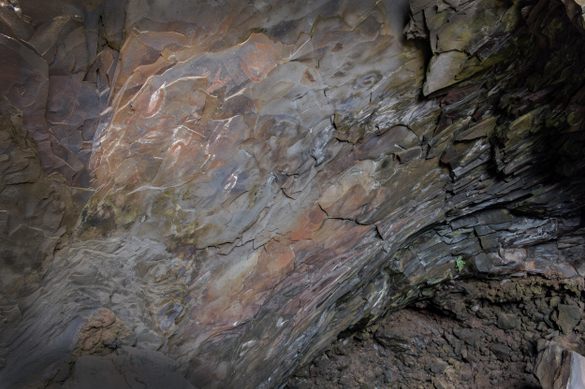

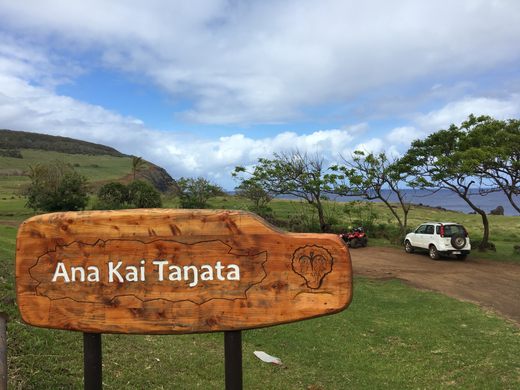



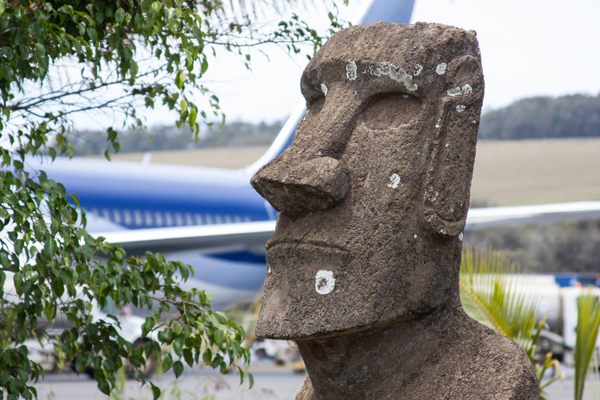



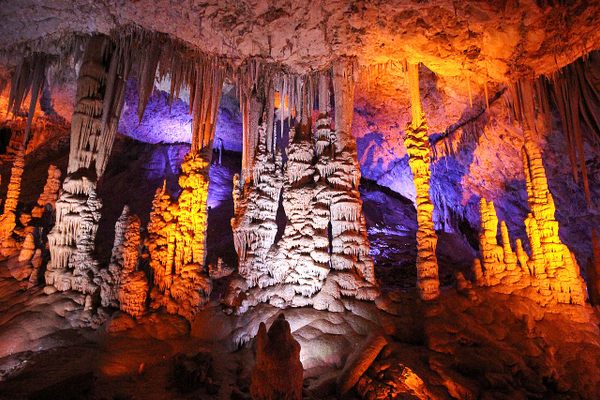


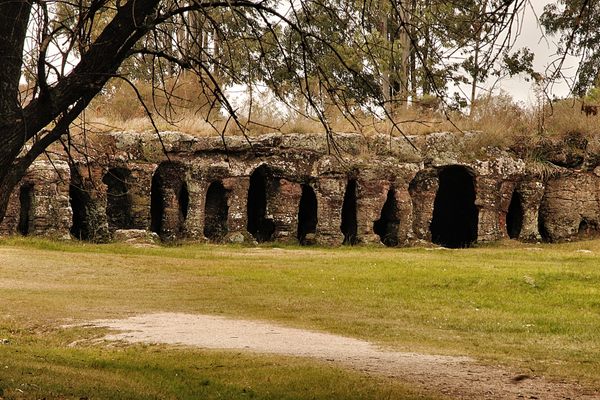

Follow us on Twitter to get the latest on the world's hidden wonders.
Like us on Facebook to get the latest on the world's hidden wonders.
Follow us on Twitter Like us on Facebook